from 0 review
3 Days 2 Nights
Daily Tour
10 people
___
The Tamshiyacu-Tahuayo Regional Conservation Area is a vast, protected expanse of Amazon rainforest, spanning approximately 420,000 hectares. It is internationally recognized for its extraordinary biodiversity, particularly its high concentration of primate species. The reserve is home to 16 different species of primates, including the endangered Red Uakari (Cacajao calvus) with its distinctive bald, red face, and the Pygmy Marmoset, the world’s smallest monkey.
In addition to primates, the area boasts over 600 bird species, a wide variety of aquatic species, and numerous reptiles and amphibians, making it one of the most biodiverse regions in the Peruvian Amazon. Among the many remarkable animals that can be found here are pink river dolphins, spectacled caimans, giant otters, and elusive species like the Amazonian jaguar and the South American tapir. This rich biodiversity makes it a key site for both scientific research and ecotourism.
The Tamshiyacu-Tahuayo Regional Conservation Area has been the subject of scientific studies for more than 40 years due to its unparalleled biological richness. In the mid-1970s, scientists first recommended the area for protection. By the 1980s, local communities, with support from various organizations, initiated sustainable resource management practices to preserve the region’s natural wealth. In the late 1980s, government officials and researchers recognized the area’s unique biodiversity, particularly the presence of the endangered Red Uakari, furthering the call for conservation efforts.
Today, the area continues to be a vital center for research on species biology, ecosystem dynamics, and sustainable development. The conservation area prioritizes community involvement, ensuring that local and indigenous peoples, who have lived in harmony with the rainforest for centuries, are active partners in the sustainable management of natural resources.
Visitors can experience the wonders of the Tamshiyacu-Tahuayo Conservation Area through multi-day wildlife observation tours that offer a wide range of activities. These include fishing, birdwatching, primate tracking, and daytime and nighttime hikes through the rainforest. Participants may also engage in anaconda tracking, poison dart frog spotting, and witness some of the Amazon’s rarest and most iconic creatures, including:
This immersive adventure is a once-in-a-lifetime opportunity to witness the rich tapestry of life in one of the most ecologically significant areas of the Amazon. By visiting, you not only experience the incredible beauty and wildlife of the Peruvian Amazon but also support ongoing conservation efforts that ensure the region’s long-term protection.
Explore one of the most wildlife-rich regions in the Peruvian Amazon. High chances to see capybaras, macaws, and over 16 species of monkeys. With luck and silence, even the elusive jaguar may reveal itself.
9:00 AM – Pick-up from your hotel in Iquitos. Travel by private car (approx. 1.50 hrs) to San Joaquín de Omaguas, a jungle village on the edge of the protected area.
10:30 AM – Board a motorized boat for a 2-hour ride through winding rivers into the heart of the rainforest. Keep your eyes open for capybaras, pink river dolphins, iguanas, and flocks of vibrant macaws soaring above the canopy.
12:30 AM – Arrival at Capybara Eco Lodge. Welcome drink and orientation by your private guide.
1:00 PM – Lunch featuring regional Amazonian cuisine.
3:00 PM – Wildlife Tracking Hike: Explore a nearby trail system where you may see your first monkeys, such as squirrel monkeys, tamarins, and howler monkeys. In this dense jungle, wildlife is abundant and with extreme luck, some guests have even glimpsed a jaguar crossing a riverbank trail.
7:00 PM – Dinner.
8:00 PM – Night Walk: Discover nocturnal life like frogs, tarantulas, glowing worns, and hear the distant calls of night monkeys.
6:00 AM – Sunrise Birdwatching by Canoe: Paddle silently along narrow streams, spotting macaws, toucans, herons, and the primitive hoatzin near the riverbanks. Early morning is ideal for spotting capybaras near water.
8:00 AM – Breakfast.
9:00 AM – Deep Rainforest Hike & Primate Tracking: Venture into the interior of the conservation zone. This area is home to over 16 species of monkeys, including red howlers, pygmy marmosets, and sakis. Learn about jungle survival skills, medicinal plants, and the delicate ecosystems that support top predators like the jaguar, which leaves subtle signs like tracks or scratches along the trail.
1:00 PM – Lunch
3:30 PM – River Safari to Oxbow Lake: Navigate through narrow channels in search of pink dolphins, sloths, caimans, and river birds. Keep your binoculars ready this is a hotspot for macaws, kingfishers, and possibly even a resting anaconda.
7:00 PM – Dinner.
8:00 PM – Optional Night Canoe Ride or relax in a hammock under the stars.
6:30 AM – Morning Wildlife Expedition: Visit an area rich in frog species, giant insects, and more monkeys. Some areas are frequented by giant river otters and tapirs, and occasional the elusive jaguar.
8:00 AM – Breakfast.
9:00 AM – Visit to a local community conservation project and support local artisans.
12:00 AM – Lunch Begin return boat journey to San Joaquín de Omaguas.
1:00 PM – Return by private car to Iquitos.
3:30–4:00 PM – Drop-off at your hotel or airport. End of service.
✅ Capybaras along riverbanks
✅ Scarlet & Blue-and-yellow Macaws
✅ 16+ Primate species, including Pygmy Marmoset and Red Uakari
✅ Pink & Gray River Dolphins
✅ Caimans, Sloths, Anacondas, Giant Otters
🔍 Possible Jaguar Sightings (rare and thrilling)
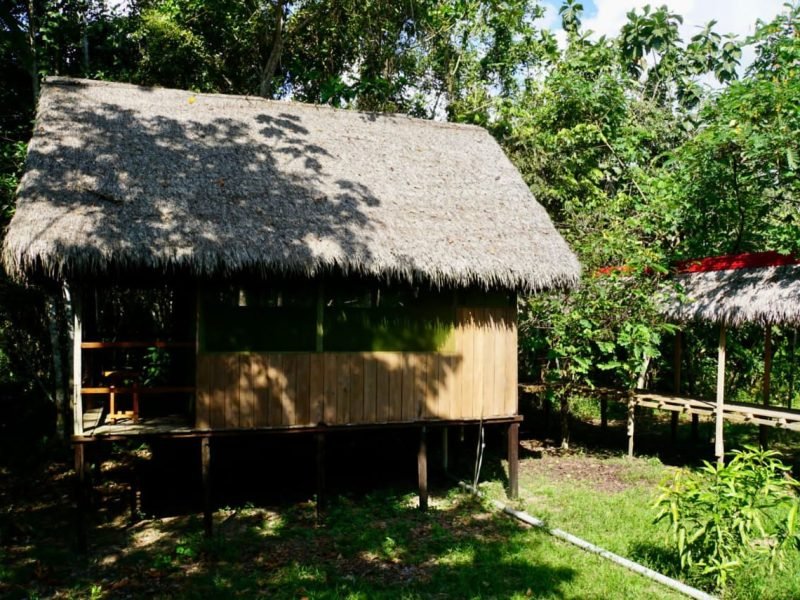
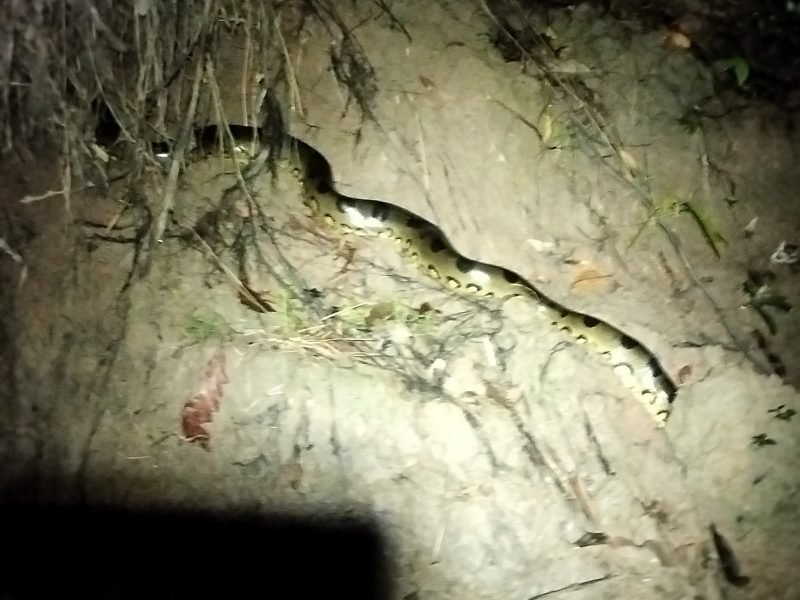
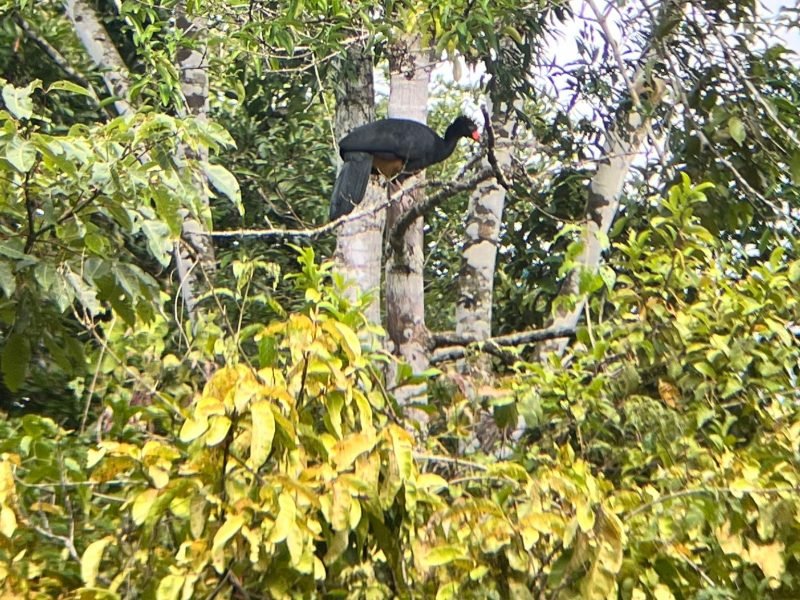
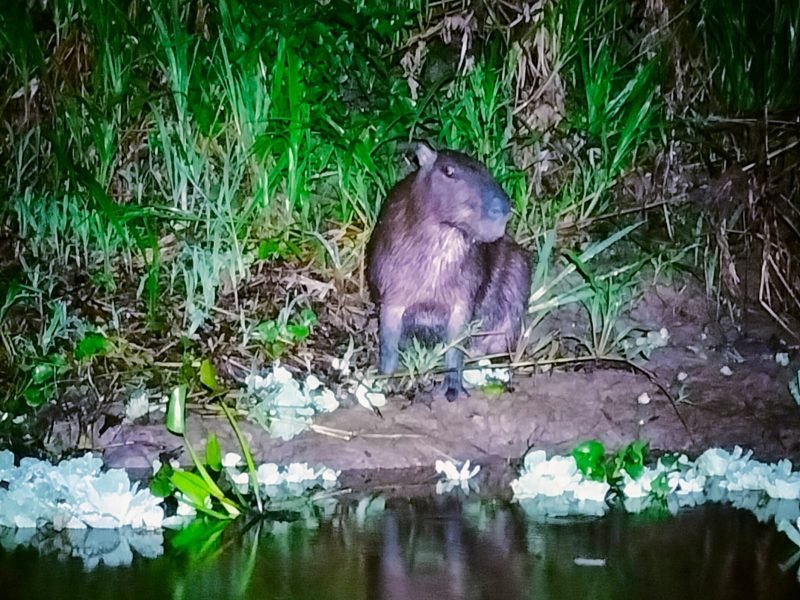
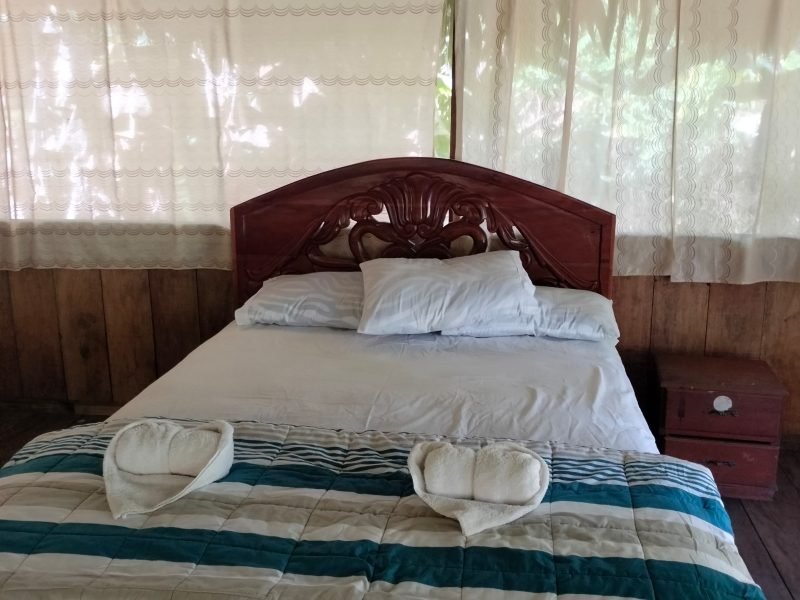
| # | Discount group | From adult | To adult | Value |
|---|---|---|---|---|
| 1 | Group Discount | 5 | 10 | 20% |